
July 4 – July 17, 2006
Space Shuttle Discovery
This was the twenty-first flight of Invocon hardware on the Space Shuttle and the second mission after the loss of Columbia. As the second mission of the Return to Flight initiatives NASA continued testing new techniques and systems for detecting impacts and damage caused by debris during ascent.
Below is a list of the IVC systems that were present on Discovery during the mission. The EWB MicroTAU-WLE system is the IVC system used for detecting impacts on the leading edge of the Orbiter’s wing.
| 44 | EWB MicroTAU™ | Wing Leading Edge |
| 9 | WB MicroTAU™ | Aft Arm |
| 12 | MicroSGU™ | Aft Section |
| 6 | MicroTAU™ | Payload Bay and Multi-Purpose logistics Module (MPLM) |
| 2 | WIS™ | Inside the MPLM for use on the International Space Station (ISS) |
Enhanced Wide-Band Micro-Miniature Tri-axial Accelerometer Unit
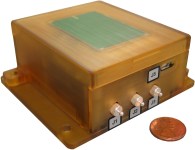
This is the inaugural flight of the EWB MicroTAU system, a high-speed, synchronized data acquisition network for dynamic acceleration sensing and recording. On STS-114, 44 units were used to detect, locate, and characterize impacts on the RCC panels on the wing leading edge.
Click here for more information about the EWB-MicroTAU system.
Wide-Band Micro-Miniature Tri-axial Accelerometer Unit
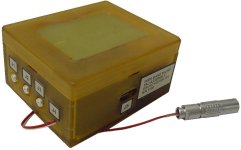
This was also the inaugural flight of the WB MicroTAU system, a wireless, high-speed data acquisition network for dynamic acceleration sensing and recording applications.
The WB MicroTAU system was designed for NASA to monitor the dynamic behavior between the SSME (Space Shuttle Main Engine) feedlines and the SSME low-pressure turbo-pump that produced the cracks that temporarily grounded the Shuttle fleet in the summer of 2002.
Click here for more information about the WB-MicroTAU system.
Micro-Miniature Strain Gauge Unit
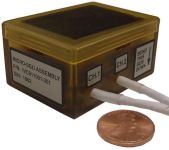
Twelve Invocon MicroSGU™ sensors were installed in the engine compartment to measure the stresses imparted to the trunnion arms on the Space Shuttle Main Engines (SSMEs).
This makes the seventh consecutive flight of the MicroSGU system starting with STS-109.
Click here for more information about the MicroSGU system.
Micro-Miniature Tri-Axial Accelerometer Unit
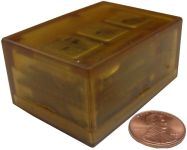
The MicroTAU system is a network of small, battery powered, wirelessly programmable, synchronous, tri-axial acceleration data recorders.The MicroTAU system was designed to detect vibration of payloads during launch and landing.
This was be the third MicroTAU flight since STS-108 in December 2001.
Click here for more information about the MicroTAU system.
Wireless Instrumentation System
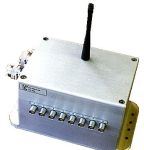
This Shuttle flight delivered two Internal Wireless Instrumentation System (IWIS) Remote Sensing Units (RSUs) and accelerometers. IWIS is deployed by the astronauts inside the partially completed ISS to collect data on the impulse response of the structure.
This synchronized data is used to verify the structural integrity of the ISS on orbit. It will also be used to update models predicting the modal response of the ISS.
Click here for more information about the WIS system.
Mission Navigation
